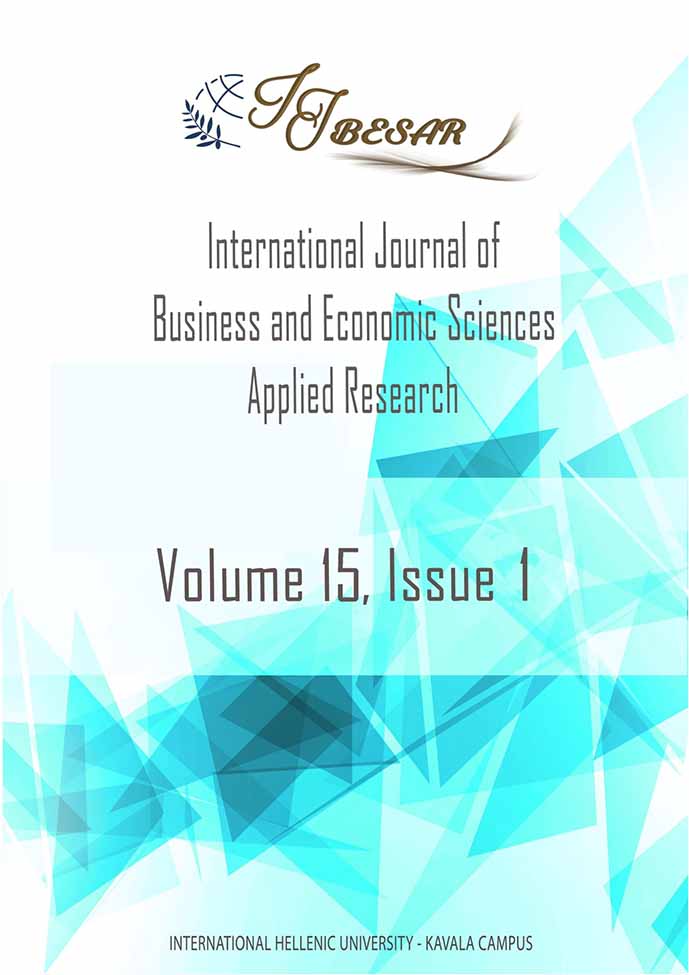Audit Fees, Patent Litigation, and Long-Term Performance
Audit Fees, Patent Litigation, and Long-Term Performance
Author(s): Ya-Fang WangSubject(s): Economy, Law, Constitution, Jurisprudence, Civil Law
Published by: Τεχνολογικό Εκπαιδευτικό Ίδρυμα Ανατολικής Μακεδονίας και Θράκης
Keywords: Patent Litigation;Audit Fees;Long-Term Performance;
Summary/Abstract: Purpose:The business risk of patent litigation contributes to auditors’ professional skepticism and thereby results in different audit pricing decisions. Patent infringement is viewed as a specific news and thereby results in different economic consequences. This study examines the association among auditor reaction, patent litigation, and long-term economic consequences by exploring the different patent infringement cases. Design/methodology/approach:This study adopts a regression model to examine my research issues. Finding: The empirical results suggest that, (1) auditors consider patent settlement as a risk factor in the evaluation of business risks and lead to higher audit fees and lower business risk; (2) overseas patent litigation may affect auditors’ perceived risk of patent litigation and lead to higher audit fees and lower business risk; (3) relative to Plaintiff companies, auditors perceive Defendant companies have a higher business risk and lead to higher audit fees and lower business risk; (4) relative to companies without overseas litigation, auditors perceive companies with overseas litigation have a higher business risk and lead to higher audit fees and lower business risk; (5) Defendant companies have the advantage of long-term growth performance within 3 years after settlement negotiations of patent litigation; (6) settlement negotiations would be a significant moderator for overseas patent litigation, and companies are more likely to obtain a favorable long-term performance. Research limitations/implications: Research data is obtained from three different sources: First, the lawsuit information was hand-collected from the Market Observation Post System (MOPS). Second, the patent-related information was hand-collected from the Taiwan Patent Search System (TPSS). Third, audit fees and accounting data were obtained from the Taiwan Economic Journal (TEJ) database. Therefore, hand-collected data and lack of audit fees data restrict the research sample to a manageable size. The number of observations during the period 2010-2020, which totals 307 observations.
Journal: International Journal of Business and Economic Sciences Applied Research (IJBESAR)
- Issue Year: 15/2022
- Issue No: 1
- Page Range: 7-15
- Page Count: 9
- Language: English

